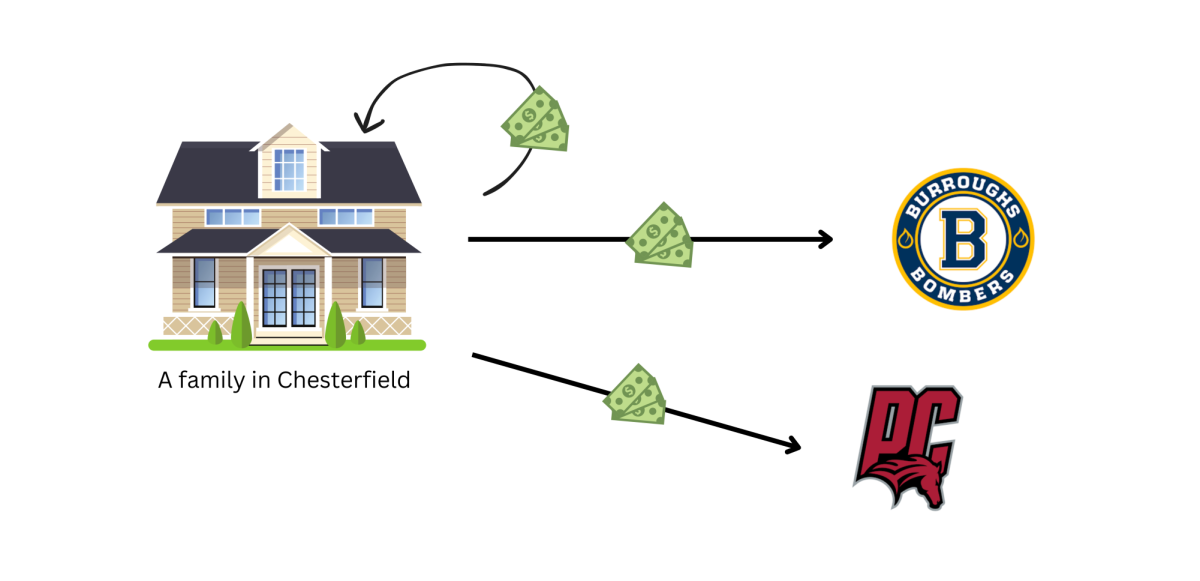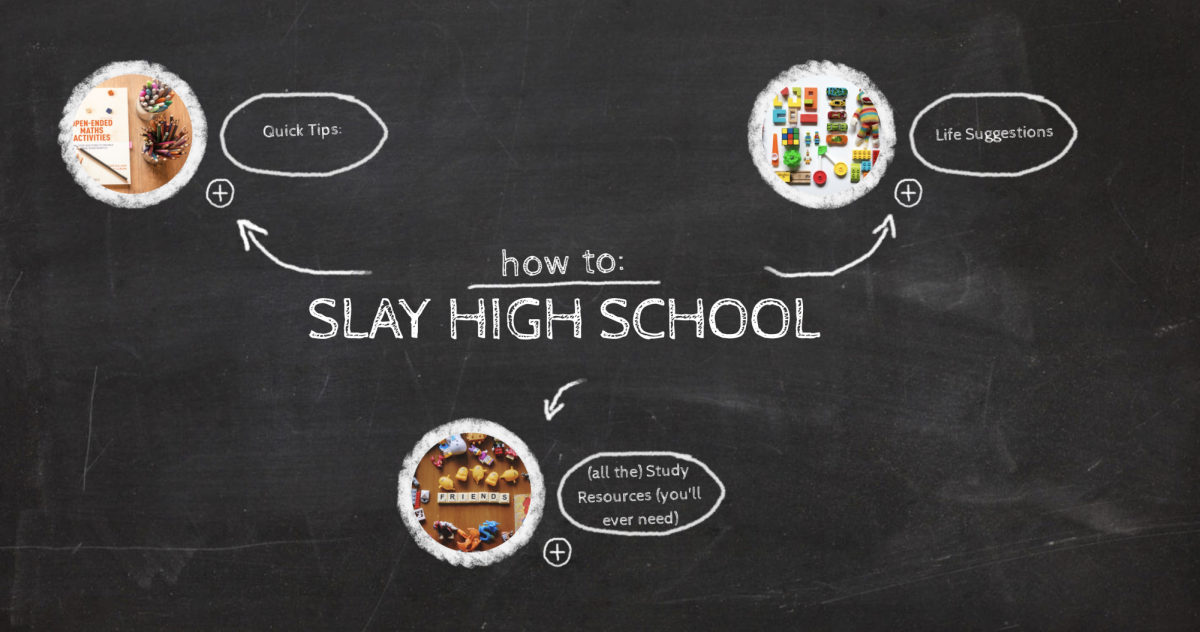Ever since the inception of education in America, picking what high school to attend came as a matter of tuition or location. However, since 1869, the political concept of School Vouchers has warped that notion. Although there is a lot of nuance to School Vouchers, the primary definition is ” programs that allow parents to use public funds allocated for their child’s education towards tuition at a private school of their choice, including religious schools. In layman’s terms, School Vouchers would essentially allow any family (if they can afford it) to send their child to a different school”. One that they may not necessarily reside in or pay income tax for. More specifically, parents’ public funds would go into an ESA education savings account that would be used to pay for various educational expenses, including funding for a given school.
Post 1869- the idea of School Vouchers entered a more controversial context. Circa 1954, after the Supreme Court case Brown V. Board of Education, many politicians sought to instill vouchers to appease the white South. Moreover, the 1950s added another important issue to school vouchers. Two concepts, Red Lining and White Flight, contributed to a greater socioeconomic divide, especially among public schools. The next time school vouchers became prevalent was in the 1990s during the (MPCP) The Milwaukee Parental Choice Program- a program that would allow Milwaukee’s most economically disadvantaged to attend the county’s top private schools free of cost.
Recently, school vouchers have become spotlighted once again. Two court cases in 2021 and 202 respectfully supported school vouchers. Carson Vs. Makin asserted that Maines’s nonsectarian requirements for tuition payments violated the free exercise clause and Espinoza vs. Montana Department of Revenue, which essentially asserted that religious schools are also roped into school vouchers.
As recently as Feb. 25, President Trump expanded school choices through an executive order. Trump isn’t the only one with strong beliefs about expanding school choice. According to the American Federation for Children, school choice is widely bi-partisan. 77% of democrats and 86% of republicans believe that enacting some form of school choice would positively benefit student outcomes. The Bottom line is that school vouchers aren’t going away anytime soon. Ever since the 1870s, the goal of school vouchers has remained the same: to give advantage to kids who are inherently disadvantaged by going to underfunded schools. The school’s mission is to provide a stepping stone for students to reach a successful post-secondary career and become functioning adults.
So it only makes sense that school vouchers would be positive, right? To further examine this predicament let’s look at two adjacent high schools and areas in St.Louis MO. Clayton high school and UCity high school. Despite only being 8 minutes away from each other, these high schools yield wildly different educational opportunities. Clayton is ranked #403 in the nation and is the #3 ranked high school in the St.Louis Metro area, whereas UCity is ranked #7096 nationally and #52 in the St.Louis Metro area. In other words, school vouchers would give alternate opportunities to kids in the UCity area to access a Clayton or Clayton-adjacent education. School choice has rapidly expanded in the state of Missouri. Also, a program called MO Scholars was enacted as early as 2021, and as early as 2024-2025, Governor Mike Parsons has pushed several school choice laws into Missouri legislation. As educational disparities continue to arise in schooling, many are calling for the new school voucher system to be put in place. Besides, America prides itself on being the epicenter of economic mobility, and if the main catalyst of this is education, shouldn’t the states work to make education more equitable in the first place?
However, my stance on school vouchers is that they are a toxin impeding the American education system. A wolf in sheep’s clothing will further the disparities between the rich and poor schools. America needs to instead focus on the systemic problems that cause achievement gaps amongst schools in the first place.
On paper, school vouchers seem like a great idea; however, in practice, school vouchers have many seeping problems. Vouchers essentially aim to put a band-aid over a bullet wound. One of the most prominent issues with school vouchers is undermining public institutions. When given the choice purely based on academic performance, what are families more likely to do, send their kid off to John Burroughs or UCity? The whole premise of funding private institutions derives from wealthy donors and tuition money. Burroughs is already projected to have a 100 million dollar endowment by 2026. With school vouchers making Burroughs not only accessible but also diverting funding from schools like Ladue, Burroughs’s overall strength will only grow. Let’s look at the schools with the most significant funding and those with the least. Riverview Gardens High School has a 100% economically disadvantaged student body. How will we make education more equitable if we take away funds already going to Riverview Gardens? Yes, a school voucher, in theory, could help a Riverview Gardens student go to a “better” school, but it would leave the rest of the Riverview Gardens school in a poorer state to begin with.
Another argument for Pro-School vouchers is that people who don’t send their children to public schools shouldn’t have to pay property tax for that given school. However, this argument is deeply flawed. Private school parents choose to send their children to private schools. The fact that they don’t send their kid to the local public school doesn’t dissolve them from responsibility to the rest of the community. Another argument where school vouchers dissolve is that students who are a part of these programs aren’t correctly set up for success. According to the Economic Policy Institute, in states like Indiana and Louisiana, students who participate in the school voucher program often perform worse than initially. Why is this? It’s certainly not because students aren’t capable. It’s because they previously went to a disadvantaged school that didn’t prepare them for a rigorous private education. If students are doing worse in these private schools, what good does it do for them to go to these schools in the first place? America would be far better off if we provided federal relief and greater funding for disadvantaged schools. Instead of focusing on individuals, we should do more to fix educational problems in poorer communities.
Ultimately, school vouchers do more harm than good. They set a dangerous precedent that’s clouded in the American dream. Until we get rid of school vouchers, we won’t be able to finally bridge the gap in education and achieve what this country has lacked for so long—true educational equality.




